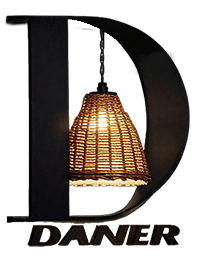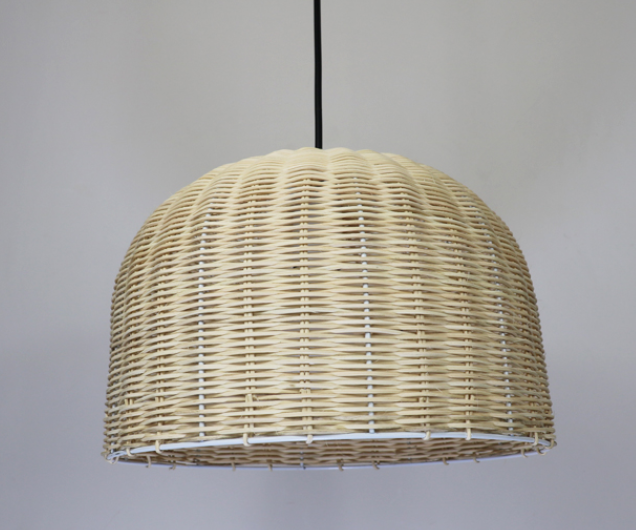Is That Woven Lamp Really Handmade? 5 Ways to Tell
As woven lamps flood the market—from the eco-friendly woven light to the wicker chandelier—it’s increasingly difficult to tell what’s truly handmade. Here's how to identify an authentic artisanal woven lamp.
1. Look for Asymmetry
Perfect symmetry often signals machine-made production. Handmade items, such as a jute pendant lamp or woven bohemian lamp, usually show small imperfections that reflect human craftsmanship.
2. Check the Knots and Weave Tightness
Loose or uneven weaving might seem "authentic," but too many flaws can be signs of poor quality. A proper macrame pendant light or handmade wicker lamp balances beauty and strength.
3. Examine the Finish
Is the surface smooth or rough? Handmade lamps often retain some natural texture—especially those made from raffia or jute. A raffia pendant lamp will often show subtle fraying, which adds to its charm.
4. Ask for the Source
If the seller can’t explain where the item was made, who made it, or how, that’s a red flag. Ethical brands offer transparency—such as the Artisan eco-friendly Handmade Boho restaurant woven natural rattan bamboo light, which proudly shares its origins.
5. Look at Price and Packaging
True handmade items take time. A coastal bamboo hanging light or woven wicker chandelier offered at extremely low prices is likely mass-produced. Handmade lighting often comes with minimal, eco-conscious packaging.
eco-friendly woven light, jute pendant lamp, artisanal woven lamp, handmade wicker lamp, coastal bamboo hanging light, woven wicker chandelier
READ MORE:
Address
No. 3, Lane 6, Fushan, Tiebian Village, Henglan, Zhongshan City

CONTACT US
_lutHu5.png)


Call Us
13527147288
E-mail Us




